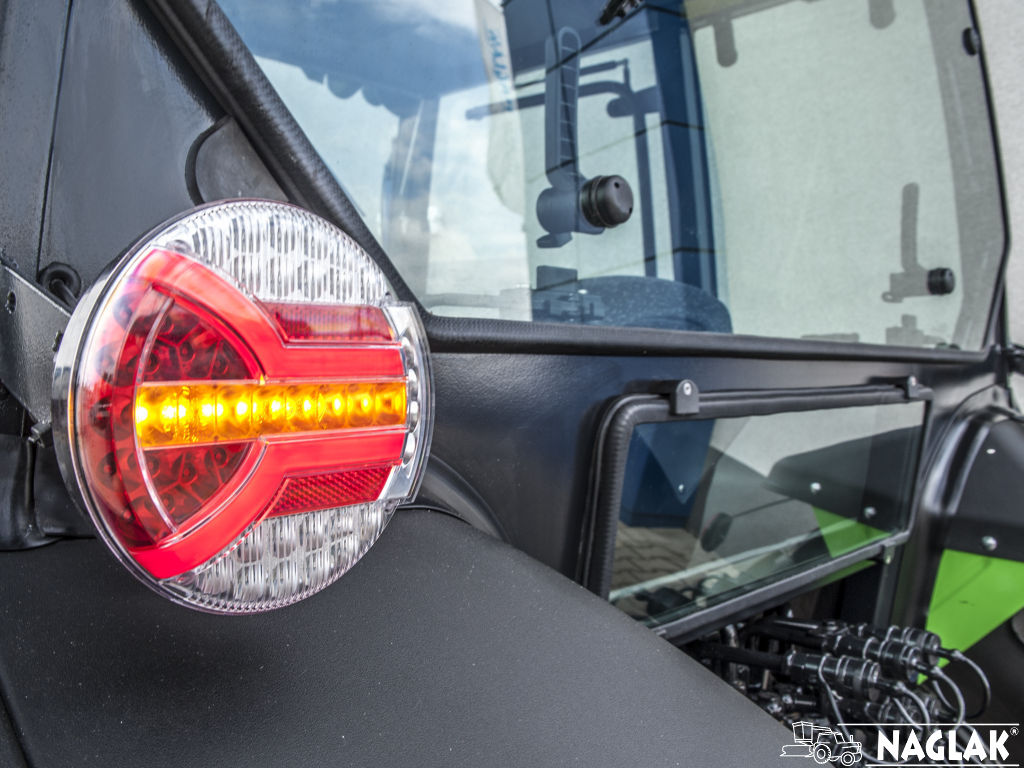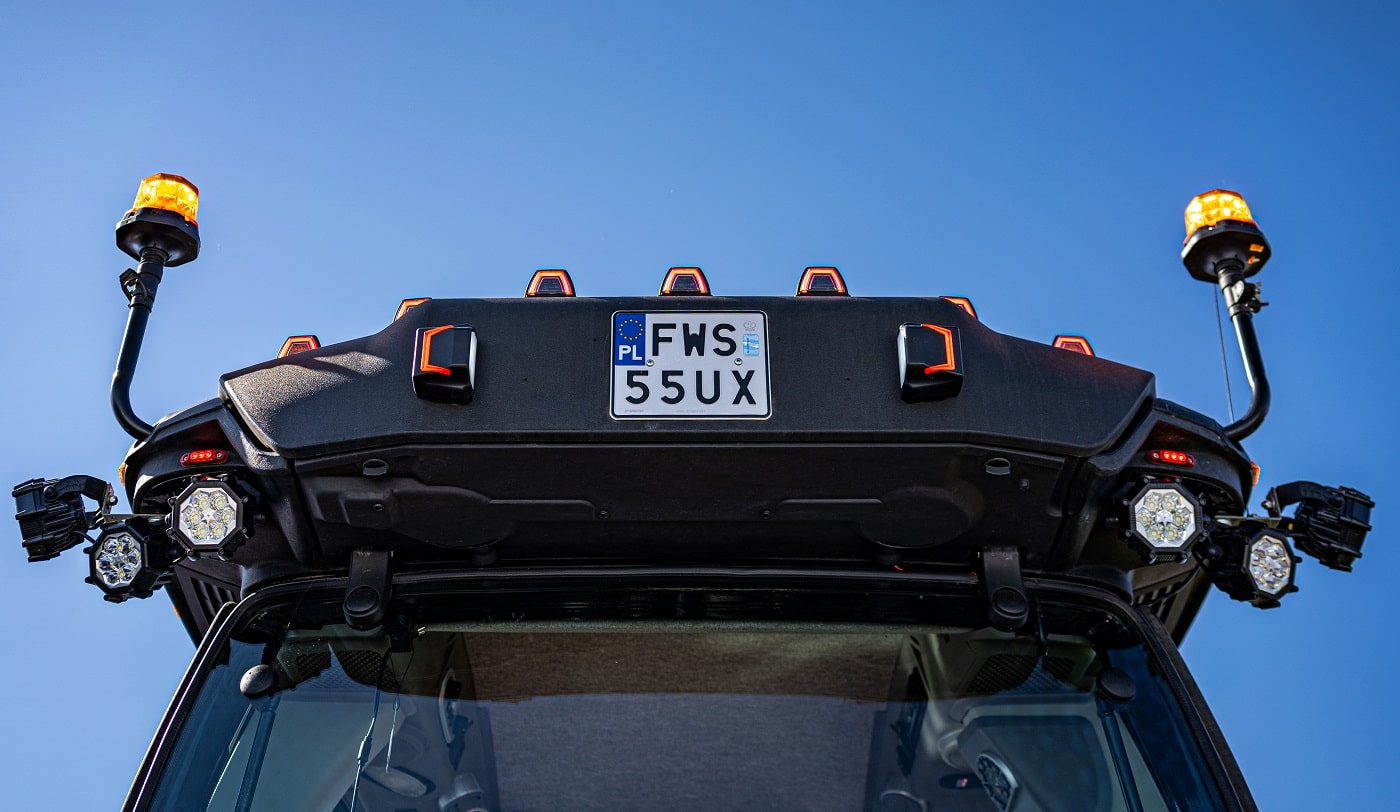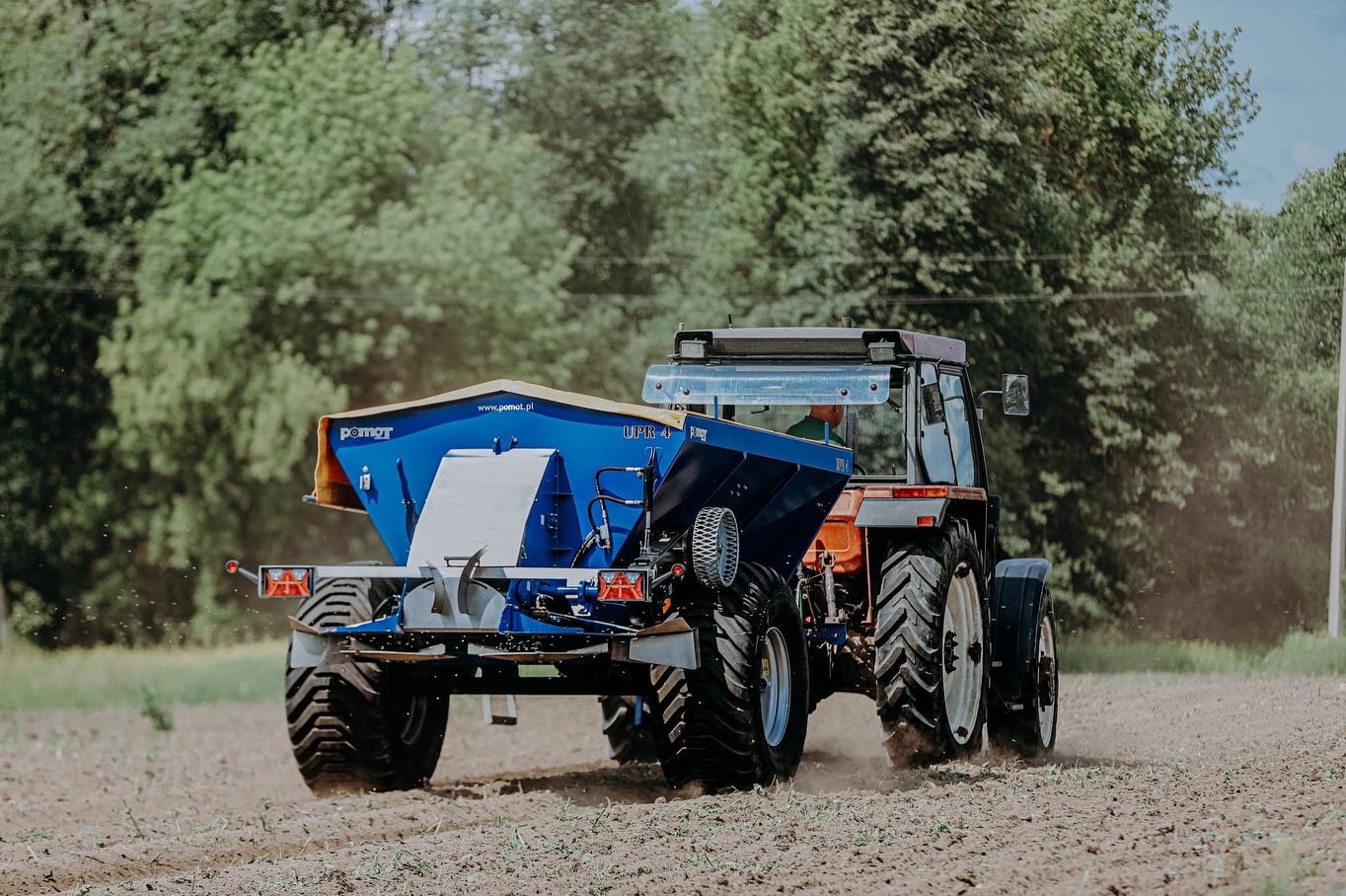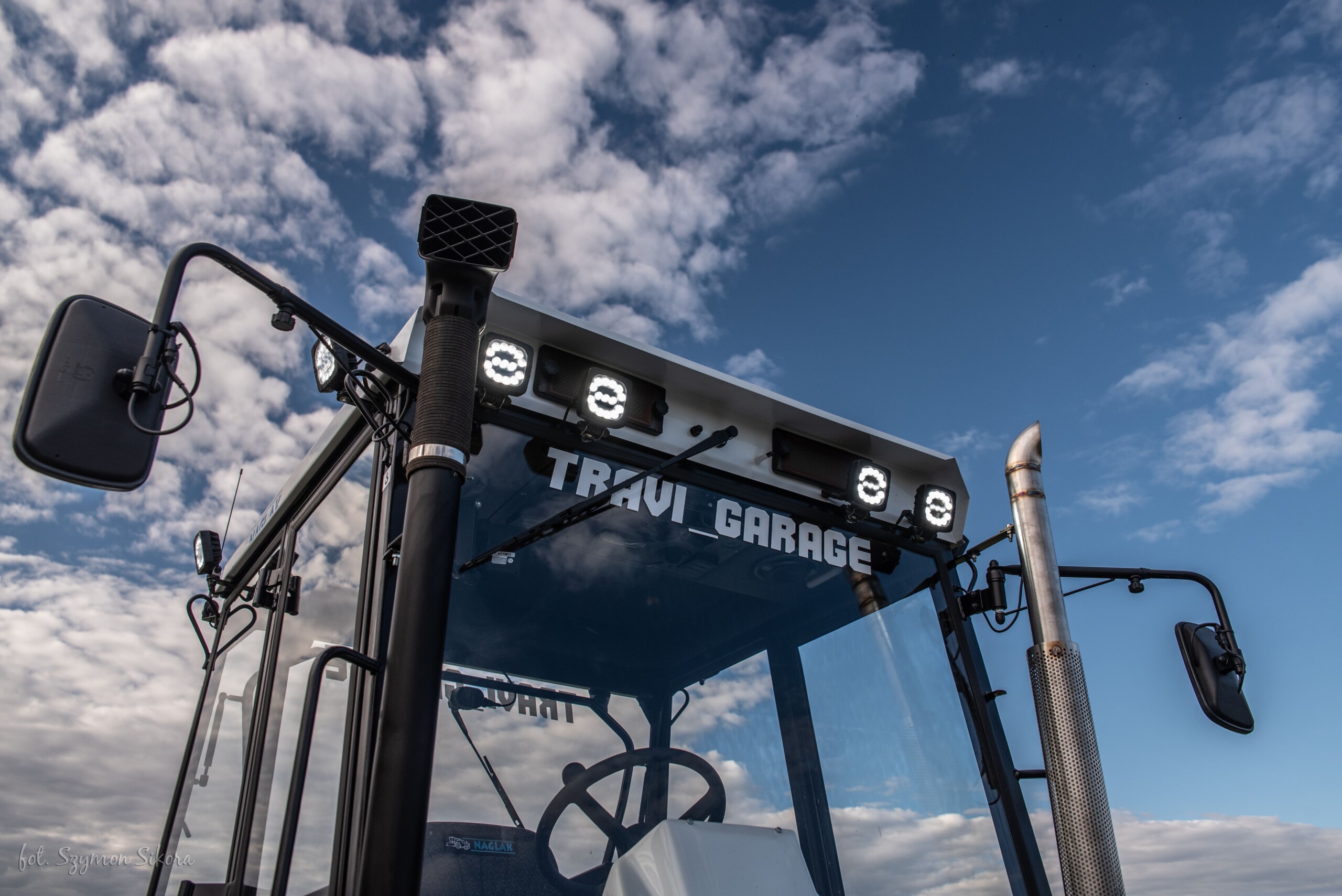Archives
Work in agriculture often takes place under challenging weather conditions—ranging from heavy rainfall to fog, snowstorms and severe frosts. In such situations, appropriate lighting for agricultural machinery is crucial, ensuring not only comfort but, most importantly, safety.
What types of lights should be chosen for agricultural vehicles to perform well even in the most demanding conditions? Here are some tips on what to consider when selecting lighting for tractors and other agricultural machines.

The working conditions in agriculture require specialized lighting. Standard headlights often struggle in difficult weather, leading to limited visibility and increased risk of accidents. That’s why lights for agricultural vehicles should meet several key requirements.

Weather resistance
Modern lights for agricultural vehicles must withstand extreme weather conditions, such as heavy rain, snow, frost, dust or strong vibrations. Therefore, it’s advisable to choose models with high ingress protection ratings (IP 67 or IP 68), which provide protection against water and dust. A robust construction, aluminum housing and an external factor-resistant lens ensure that agricultural machinery lighting is durable and reliable. Additionally, lights for tractors equipped with a heat dissipation system prevent freezing and fogging, guaranteeing their effectiveness even in harsh terrain conditions.
High brightness and wide beam angle
Good lights for agricultural vehicles provide even illumination of the surroundings, which is extremely important during precision tasks such as sowing, plowing or harvesting. Modern LED systems offer a wide beam angle and intense light with a high color temperature, allowing for better detail visibility even in challenging weather conditions.
Shock and vibration resistance
Durability and resistance of lights for tractors, combines or other agricultural vehicles are also significant. These machines often operate in tough terrain, exposed to shocks, impacts and intense dirt. Solid lights made from high-quality materials such as aluminum or reinforced plastics guarantee reliability and longevity even in the most challenging operating conditions.
Energy efficiency
Another aspect is energy efficiency. Traditional halogen bulbs consume more energy and generate more heat, which can lead to overheating of the vehicle’s electrical system. In contrast, LED lights consume less power, allowing for longer operation without overloading the machine’s battery. This enables operators to utilize full lighting even during long working shifts.
Well-chosen lights for agricultural vehicles can significantly increase work efficiency and minimize the risk of accidents in challenging conditions.
Appropriate lighting for agricultural machinery is essential not only for work comfort but also for the safety of the operator and others nearby. In agriculture, work often continues after dark, especially during harvest time, when it is necessary to maximize available time. Poor or insufficient lighting can lead to dangerous situations, such as collisions with other vehicles, accidents involving people or equipment damage due to unnoticed obstacles in the field.
It’s also important to note that good lighting for tractors reduces operator fatigue. Properly selected neutral color light (around 5000-6000 K) minimizes glare and reduces eye strain, allowing for more comfortable work over an extended period. This reduces the risk of errors and improves the effectiveness of agricultural activities.

The choice of appropriate lighting for agricultural machines depends on the specifics of the work and the conditions in which they will be used. Several types of lights are available on the market, differing in functionality, construction and application:
- work lights – designed to illuminate the area around the vehicle. LED lights are currently the standard in modern agriculture, as their durability and efficiency significantly surpass traditional halogen solutions. These lights provide a wide beam angle and high power, facilitating night work and operations in difficult weather;
- warning and beacon lights – used to enhance safety on the road and on the farm. This group includes contour lights, turn signals, strobe lights and beacons, which signal the presence of moving machinery;
- multifunction front and rear lights – responsible for signaling braking, reversing and vehicle position; their presence is essential for the safety of the operator and other road users;
- turn signals – inform about direction changes, which is necessary when agricultural vehicles move on public roads;
- cab interior lights – illuminate the vehicle’s interior, making it easier for the operator to work at night and improving user comfort.

In order for agricultural vehicles to perform their function even in extreme conditions, they should possess the following features:
- Water and dust resistance (IP 67/IP 68) – The IP (Ingress Protection) standard specifies the level of protection of the light against dust and water. In agriculture, it’s advisable to choose models with IP 67 (full protection against dust and resistance to water immersion for up to 30 minutes) or IP 68 (complete dustproofing and resistance to prolonged immersion). This ensures that agricultural machinery lighting is reliable even during heavy rains, on muddy terrain or in high humidity conditions.
- Proper light output and wide beam angle – work lights used in agriculture should illuminate a large area around the machine, which is vital during nighttime work or in difficult terrain. LED lighting for agricultural machines eliminates shadow effects and improves operator comfort, increasing safety and the precision of performed tasks.
- Temperature resistance – modern lights for agricultural vehicles are designed to operate reliably in extreme temperatures. Thanks to the use of high-quality materials and an effective heat dissipation system, agricultural machinery lighting maintains full efficiency in temperatures ranging from -30°C to +50°C, ensuring long life and trouble-free operation in any conditions.
- Durability and shock resistance – agricultural machines operate on uneven terrain, so tractor lights should be shock and vibration resistant to avoid damage during travel. With a solid construction and shock-absorbing mounts, lighting for agricultural machines remains fully functional even when driving on uneven, muddy surfaces, ensuring reliability over time.

Which lights to choose for agricultural vehicles in specific weather conditions?
Let’s look at the optimal solutions for various weather conditions:
- rain and mud – in heavy rain, it’s essential to opt for agricultural machine lighting with high waterproof ratings (IP 68) and intense light output; LED lights are advisable as they provide better visibility in challenging weather conditions;
- fog – during fog, lights with a color temperature similar to halogens (around 3000 K) perform better, as they penetrate dense fog more effectively than standard cool-colored LEDs;
- snow and frost – in low temperatures, lights for agricultural vehicles must be resistant to extreme temperatures. LED lights with a heat dissipation system work best, as they prevent snow and ice buildup;
- dust and dirt – during harvest or plowing, high dust levels can significantly limit visibility. Therefore, it’s advisable to use agricultural vehicle lights with sealed housings and a high dust resistance rating (IP 67 or IP 68).
Appropriate lighting for tractors and other agricultural vehicles is crucial for safety and work comfort. Modern lights for agricultural vehicles should resist challenging weather conditions, provide high light output and be durable. If you are looking for high-quality lights for agricultural vehicles, check out the agricultural vehicle lights available from Horpol. With properly selected lighting, working after dark becomes safer and more efficient. Opt for specialized solutions and choose lights that will perform well in any conditions.


